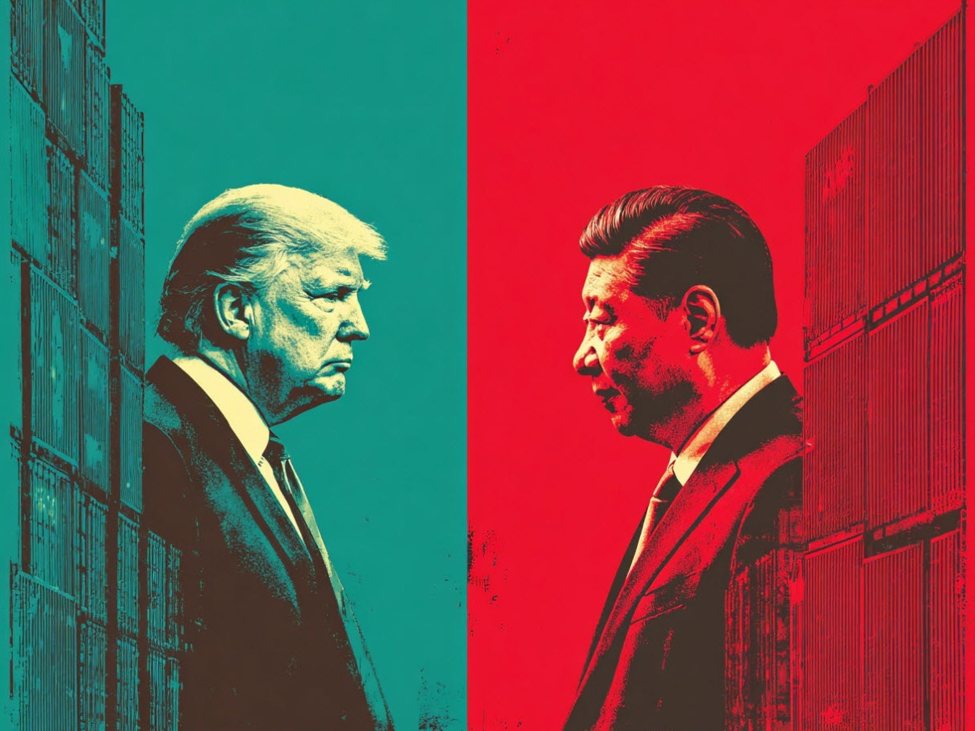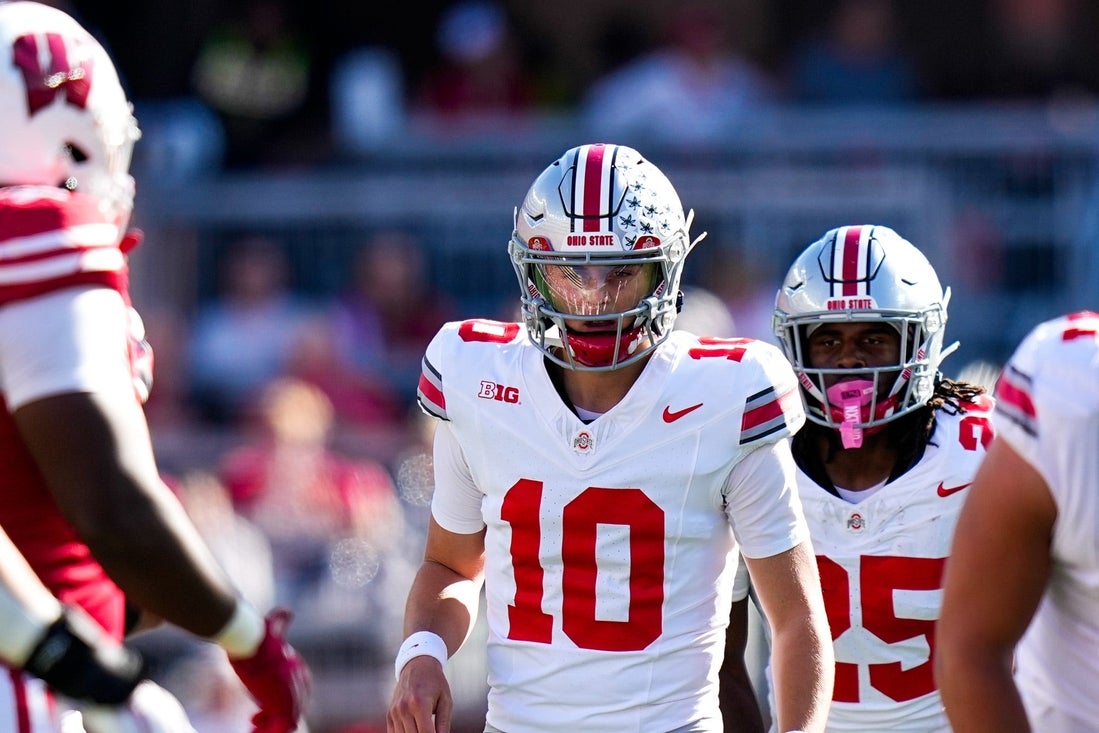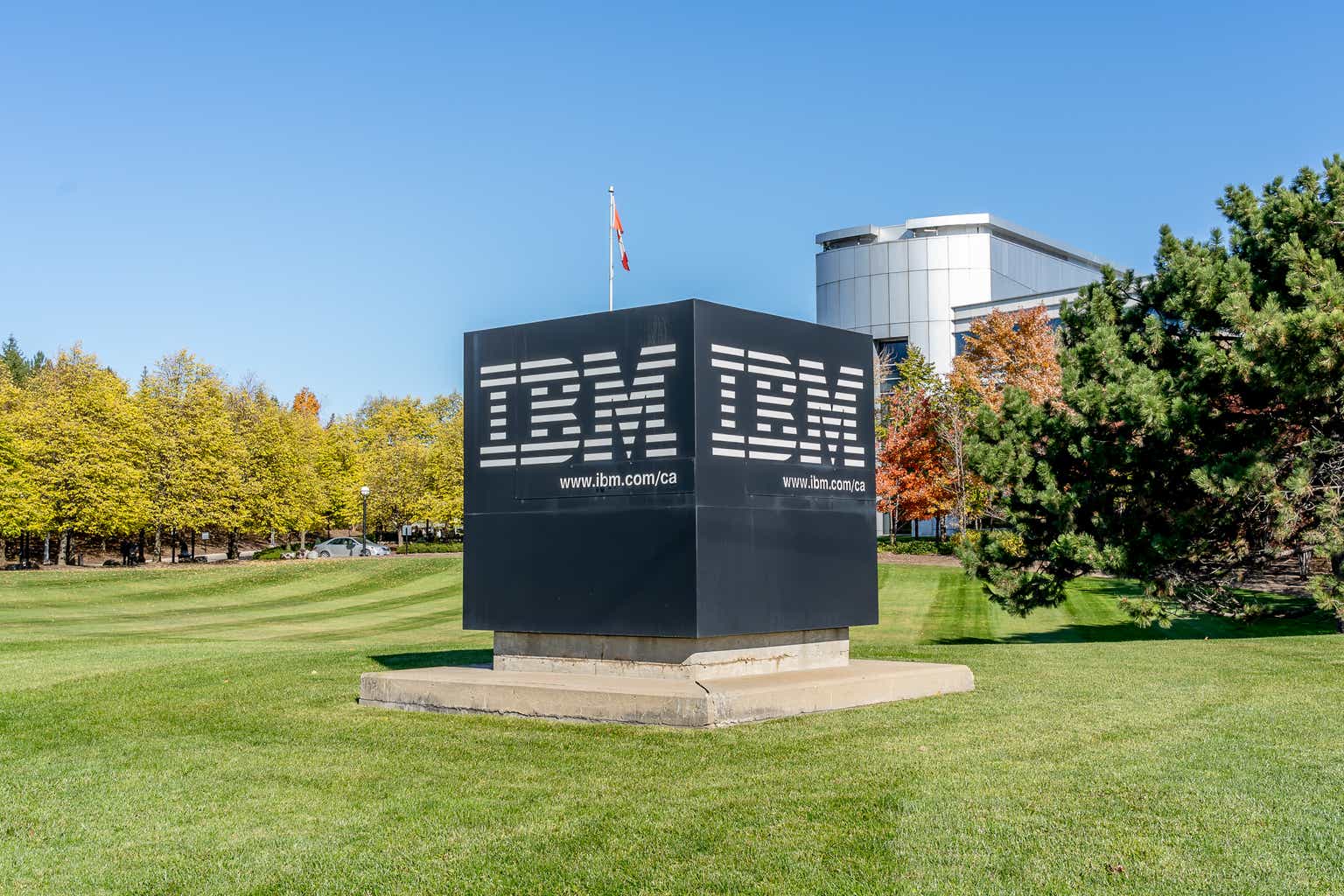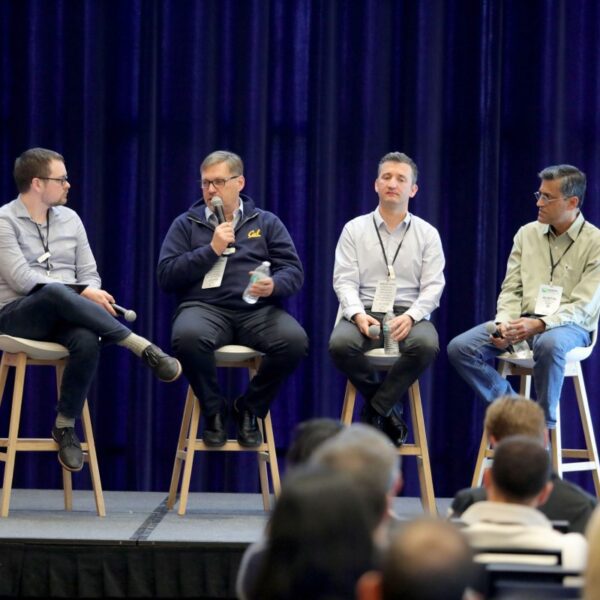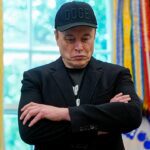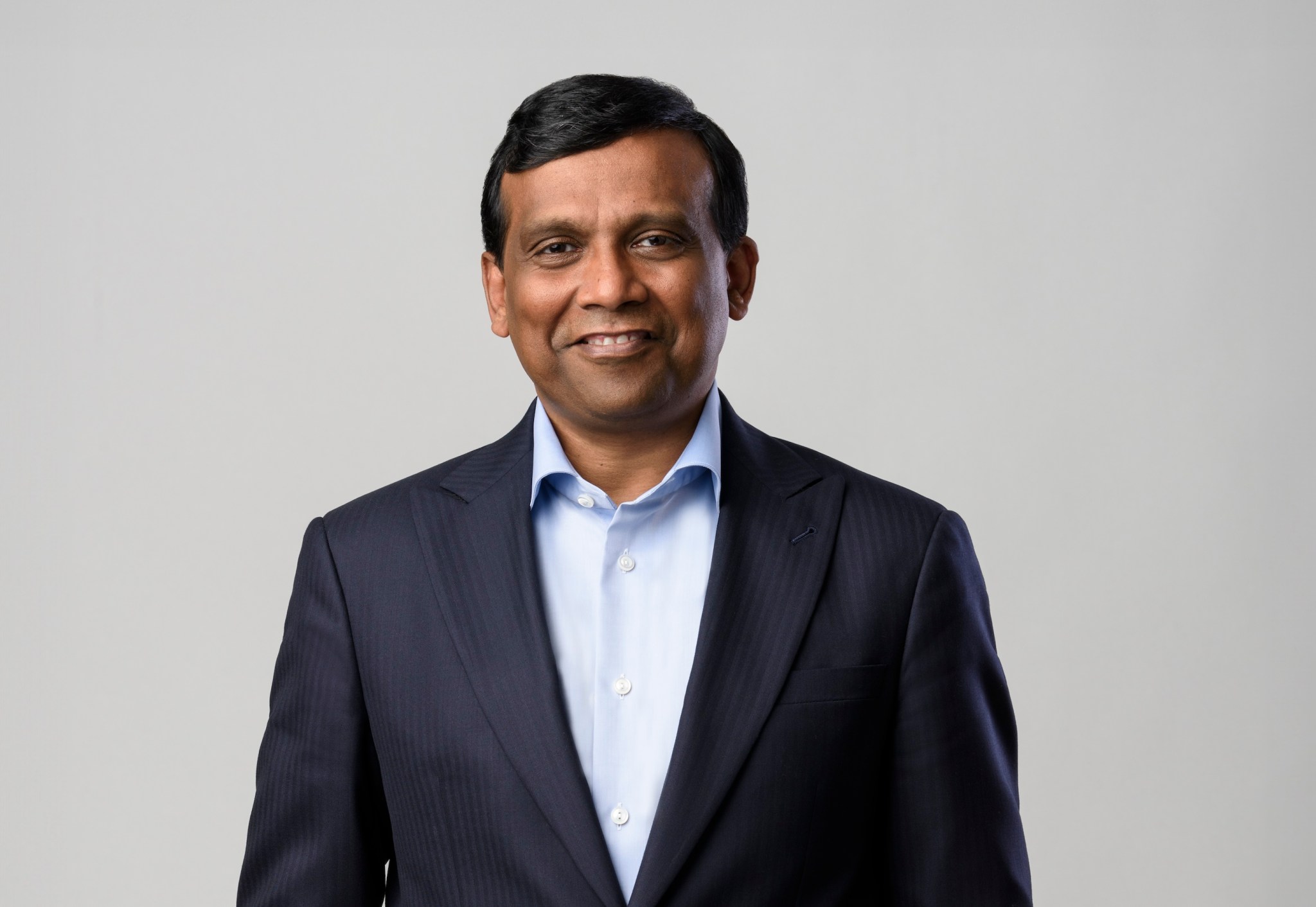
The Hollywood model of work—specialized teams assembling for specific projects, then dissolving and reconfiguring for new ones—is a refreshing alternative to the rigid corporate structures inherited from the industrial era. For decades, this fluid approach seemed impractical for most businesses. Now, it is becoming feasible as AI handles the logistical complexities and knowledge management that once required permanent bureaucracies.
With agentic technology, next-generation enterprises can use the Hollywood model to reshape organizations into more flexible, dynamic systems that reward performance and create new paths to shared prosperity.
An industry’s evolution for a shifting market
During Hollywood’s “Golden Age,” large studios operated like industrial-era giants, keeping vast talent pools—actors, directors, technicians—under long-term exclusive contracts. This centralized studio model reliably produced a steady flow of films for a uniform market.
As audiences expanded and preferences diversified, however, the rigidity of that system became a liability. The industry needed to produce a broader range of work more quickly. The solution was to dismantle the permanent talent structure in favor of a nimbler model, assembling custom teams for each new project and bringing together the exact expertise required. Once the film wrapped, the team dispersed, ready for the next assignment.
This project-based approach fueled creativity, boosted agility, and made filmmaking more efficient in a fast-changing market.
Friction of form
Business leaders and academics long praised the Hollywood model as a template for adaptive organizational design, yet most enterprises struggled to adopt it. Early digital disruptors in the 2000s made headway, breaking outdated hierarchies and blending internal experts with an expanding gig workforce. They embraced agile networks and organized talent into cross-functional pods and squads with autonomy—applying elements of mission-driven, project-based work.
Still, for most companies, implementing this model generated significant friction. The logistics of sourcing, onboarding, and managing specialized talent on demand proved daunting. Unlike Hollywood, where agencies and unions form a supportive ecosystem, corporations lacked such coordination. Knowledge management was a critical failure point, as expertise vanished when projects ended. Legal and cybersecurity concerns over intellectual property and data access further constrained adoption.
Building block for next-generation enterprises
Agentic AI removes many of these barriers, making the Hollywood model increasingly practical.
In the future, a company’s mission, strategy, methods, and intellectual property can be continuously captured and managed by a central AI system. Synthetic agents can then identify, vet, and match talent—human or AI—to project needs based on certified data, reducing the cost and complexity of team assembly. Work streams can revolve around outcomes rather than departments, with AI sourcing interdisciplinary teams globally based on skills, availability, and performance history.
In this model, agentic capital—the AI core—becomes the structural backbone, while human talent gains greater independence. Teams become purposeful assemblies, converging for specific goals much like film crews brought together for a single production.
The AI-enabled Hollywood model represents the next step in the ongoing decoupling of work. This evolution began with the gig economy, which separated employment from permanent staff structures, and accelerated during the pandemic, when work detached from physical workplaces. Now, by prioritizing skills and performance, this model promises to democratize access to both jobs and talent, lowering barriers to entrepreneurship and broadening shared prosperity.
As expertise becomes increasingly transparent through verifiable project portfolios, reputation emerges as the key currency—priced dynamically by proven success. Experienced professionals gain leverage and earning potential through project-based engagement, while newer workers use AI to ramp up faster and contribute sooner.
Anyone with a strong idea can now assemble elite teams on demand, without a standing organization or major capital investment. This capital-light, outcome-driven framework turns ideas, context, and agents into magnetizing forces that dynamically attract resources.
The Hollywood model is not a universal solution; it fits best where agility, creativity, and specialized talent drive results. Yet, thanks to AI, it is no longer a logistical impossibility. By simplifying coordination and reducing inefficiencies, AI makes it viable at scale.
In early 2025, a Gartner survey found that 61 percent of HR leaders had completed or were in later stages of AI implementation, with recruiting agents and AI-driven candidate matching as core use cases. Meanwhile, independent workers—gig, freelance, and temp—already comprise 36–40 percent of the U.S. workforce, and that number continues to rise. Platforms like Upwork are now applying AI to streamline proposals, optimize pricing, and improve project matching.
As enterprises experiment with more agile structures, leaders must ensure lifelong learning pathways for all workers. In a system where value depends on demonstrable success, how do newcomers gain experience? How do workers learn through failure without penalty? How can we build a future of work that empowers rather than excludes?
The promise ahead is twofold: a new operating model built for agility, and a more human career model defined by creativity, contribution, and purpose. By breaking free from industrial-era constraints, AI enables us to design organizations—and lives of work—that are more adaptive, equitable, and inspired.
The opinions expressed in Fortune.com commentary pieces are solely the views of their authors and do not necessarily reflect the opinions and beliefs of Fortune.


